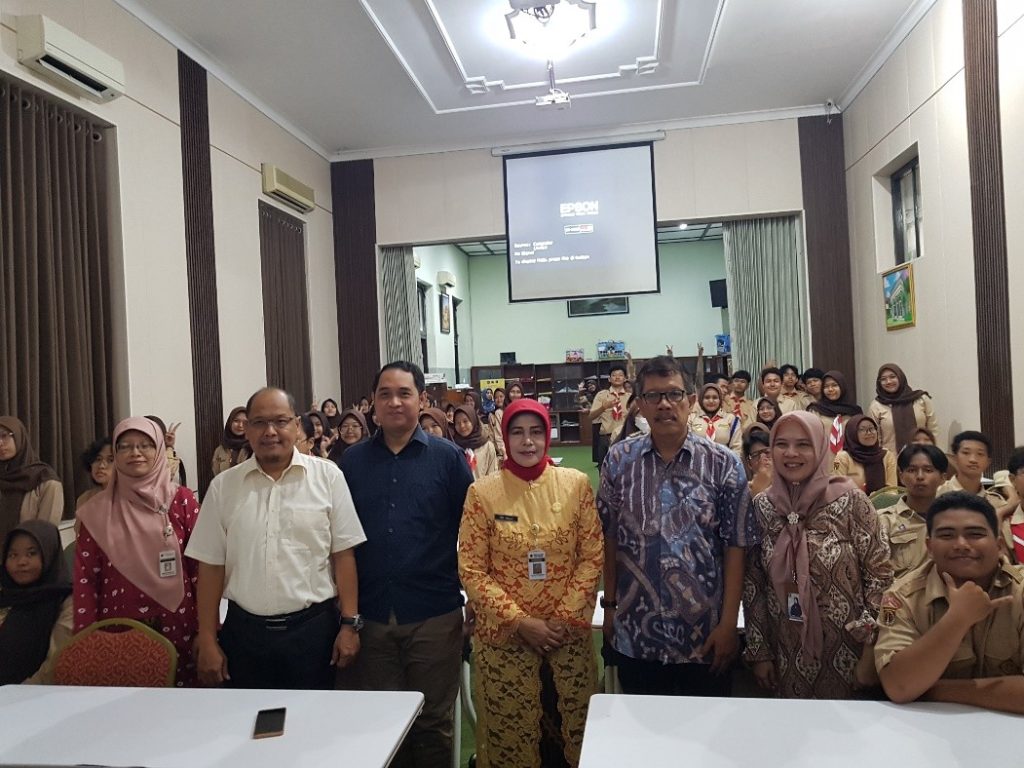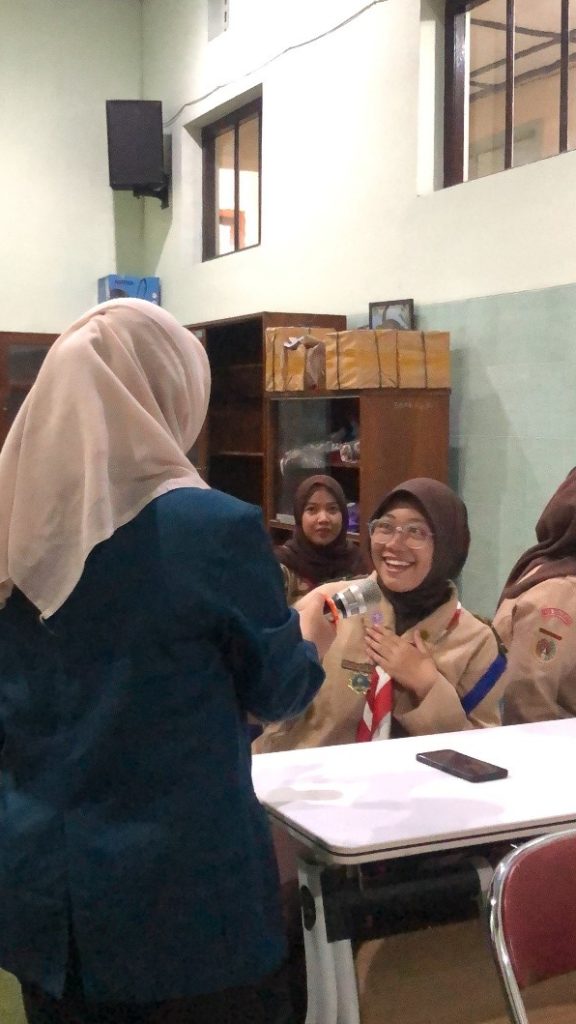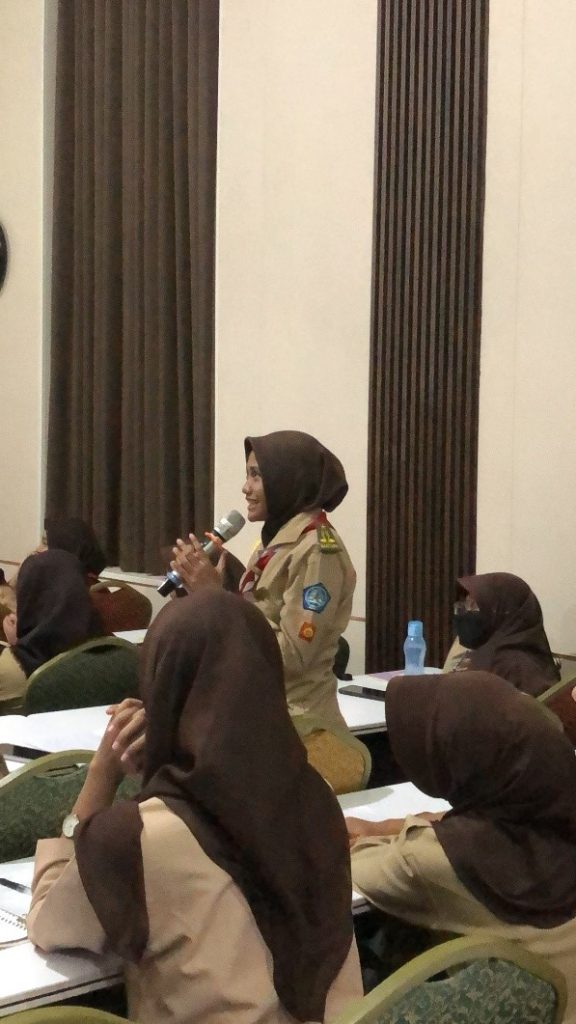Community Service Team from the Geophysics Laboratory, Department of Physics, FSM Undip Semarang, carried out a community service activity in the first semester of 2025 by conducting a disaster mitigation training program based on the BMKG Info application for earthquake and tsunami disaster mitigation. Earthquakes and tsunamis are closely related, and this relationship has increasingly gained global attention. The high seismic activity in Indonesia is a major concern worldwide. Disaster mitigation has become a key focus through the use of Early Warning Systems (EWS). EWS is part of both international and national commitments to the Sustainable Development Goals (SDGs). EWS supports the disaster risk reduction targets promoted by the United Nations under the Sendai Framework for Disaster Risk Reduction.

The low level of disaster education among the public, especially the younger generation, is a critical concern. Empowering students to become agents of change within their communities and families is one of the goals to improve disaster mitigation quality. Continuous education is necessary, and one approach is through workshops or expert-led disaster application training. The objective of this activity is to enhance scientific knowledge, improve the younger generation’s ability to interpret data, and increase disaster preparedness.
The Community Service Team, consisting of Dr. Rina Dwi Indriana, SSi, MSi; Prof. Dr. Rahmat Gernowo, MT; Prof. Dr. Agus Setyawan, MSi; and Muhammad Fahmi, SSi, MSi, conducted the program at SMA N 5 Semarang in May 2025. The event was opened by the Principal of SMA N 5, Mrs. Dra. Siti Asiyah, M.M, M.Pd. The activity included a presentation by climatology expert Prof. Dr. Agus Setyawan, MSi from Diponegoro University and a training session on the use of the BMKG Info application delivered by the community service team from the Geophysics Laboratory, Department of Physics, Diponegoro University.

Despite progress made, understanding of earthquake EWS in Indonesia still faces challenges and has room for improvement. There is a need for increased public and government awareness about the importance of EWS. Educational and simulation programs on disaster preparedness are starting to be introduced across different regions and generations.


Challenges in Understanding and Implementing EWS include uneven awareness, varied public understanding of earthquake EWS—especially in remote areas or regions rarely impacted by major earthquakes. Many people still do not know how to respond appropriately to early warnings. Access to information is also a challenge—not everyone has access to technology like smartphones or knows about applications that support early warnings. Furthermore, lack of intensive education—routine simulation and training programs on accessing and responding to earthquake warnings—are still not widely implemented in schools.
Lack of knowledge about early warning system (EWS) applications for disaster mitigation can seriously impact preparedness and response. This activity targets SMA N 5 Semarang, which is seen as an effective platform to introduce digital technology to the wider public. Through this initiative, it is expected that knowledge transfer and insights for both teachers and students regarding the use of EWS applications in daily life will spread to the broader community.
Educating students on how to access the BMKG app and interpret earthquake information through smartphones is a priority, considering the high dependence of school-aged youth on these devices. Many young people do not yet see EWS apps as essential tools to have on their devices. This program also aims to encourage the younger generation to install more beneficial apps. The BMKG Info application is a crucial tool for supporting disaster preparedness in Indonesia. With its real-time features and easy access, the app enables the public to receive quick and accurate information on earthquakes, tsunamis, and weather, helping to minimize disaster risks and impacts. Based on feedback from the event, there is a need for follow-up assistance for future disaster mitigation programs.

